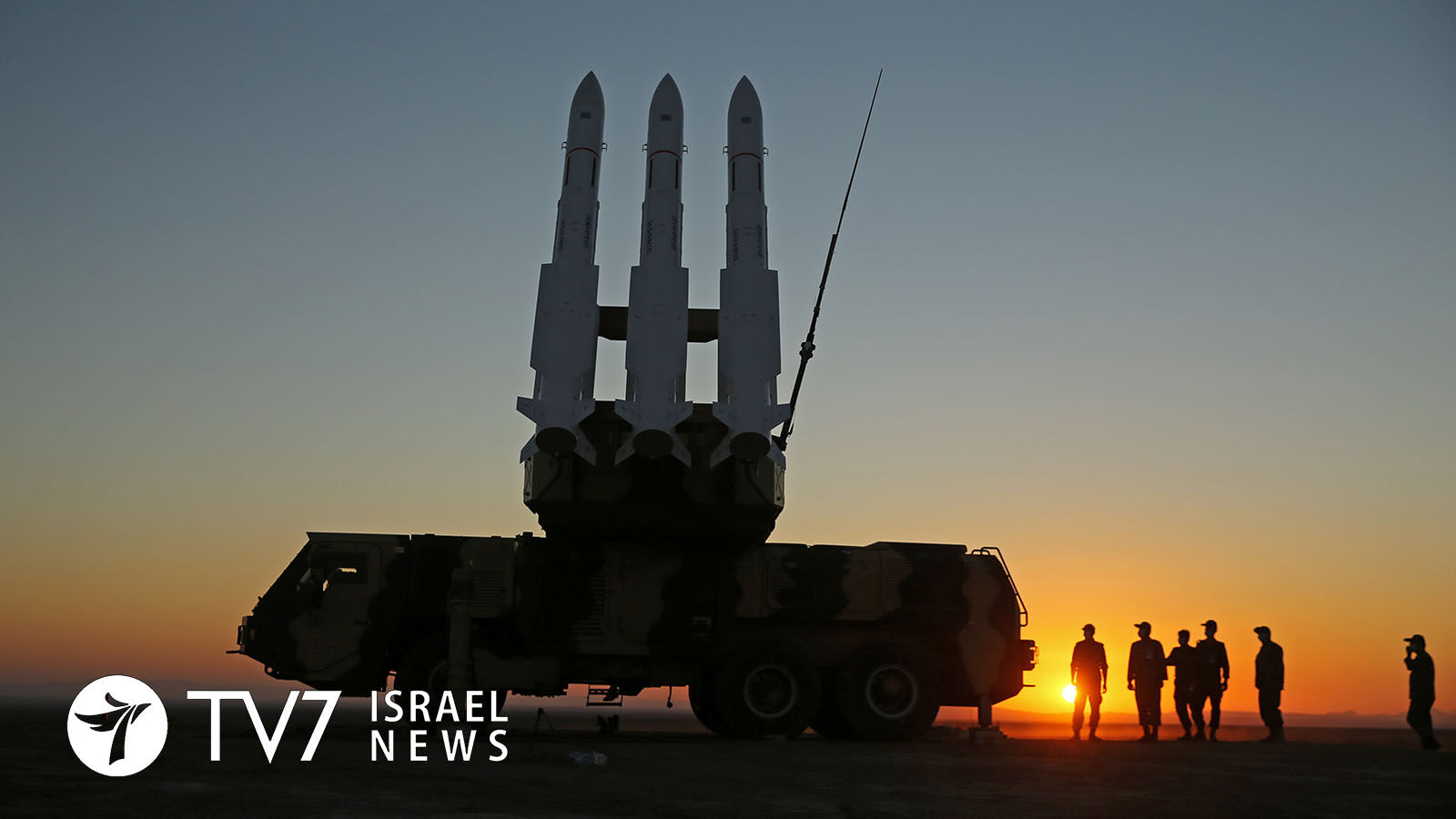The massive 2-day “Defenders of Skies under Guardianship of Supreme Jurisprudence” exercise is being conducted by the Islamic Republic of Iran Air Force (IRIAF), Islamic Republic of Iran Air Defense Force (IRIADF), and the Islamic Revolutionary Guards Corps (IRGC)’s Aerospace Division.
By Erin Viner
The drill dubbed in Persian as “Modafe’an-e Aseman-e Velayat” is being held in the country’s vast 800-kilometer (500 mile) by 320-kilometer (200 mile) Dasht-e Kavir and the Great Salt Desert.
Citing commander of the country’s Khatam al-Anbia Air Defense Base, Brigadier General Qader Rahimzadeh, the state-run IRNA Islamic Republic News Agency reported that the joint drill kicked off yesterday morning by showcasing its “strong and multi-layer defense against cruise missiles.”
The Joshan (upgraded version of Khordad-15) and Khatam anti-missile systems were successfully test-fired for the first time, smashing low-altitude incoming targets as part of an integrated air defense network, he said.
“In line with Iran’s powerful strategy, the Iranian air forces will not hesitate to defend the airspace of the country,” Brig. Gen. Rahimzadeh was quoted as saying, adding that “precise assessment of hypothetical threats led the air defense forces to develop systems appropriate to such threats; therefore, thanks to God, there is no threat which has been not thought of in advance.”
Iran’s latest show of military force also included the testing of domestic missile systems, radar, reconnaissance, electronic warfare, communication, visual surveillance, IRGC Regional Command and Control (ROC), Meraj, Fatah-2, Bashir and Quds indigenous radar systems, tactical information and reconnaissance, electro-optical systems and electronic warfare.
Quds Radar is able to monitor targets at a 500km range and altitude of over 90,000 feet, claimed the IRNA report, adding that its characteristics include tactical and single-vehicle capability, domestic software, the ability to deal with electronic warfare in various techniques, friend-enemy detection system and the ability to link with defense systems.
Iran regularly holds such drills and says they assess the troops’ combat readiness and demonstrate the nation’s military capabilities. Earlier this month, the Islamic Republic held on exercise near its border with Azerbaijan, which has recently strengthened its military alliance with Israel. Jerusalem supplied high-tech drones to Baku during its conflict with Armenia over Nagorno-Karabakh last year.
The display of Tehran’s military might comes amid escalating tensions over its ongoing advances in nuclear development and refusal to resume talks in Vienna aimed at reviving the 2015 Joint Comprehensive Plan of Action (JCPOA) with world powers. The negotiations have been stalled since the June election of hardline Iranian President Ebrahim Raisi, with no date set for their continuance.
Iran has openly breached limits set by the JCPOA with an ever-expanding stockpile of uranium enriched to its closest-ever level of weapons-grade purity.
Yesterday Israeli Prime Minister Naftali Bennett demanded that world leaders take immediate action to pressure Iran to uphold its “very fundamental commitments” to the International Atomic Energy Agency (IAEA), which he charged have been “blatantly violated.”
After saying that Israel expects the global powers to take “the peaceful route” to hold Iran to account through binding resolutions at the United Nations Security Council, he warned that “there are other routes” and that Jerusalem is not prepared “to wait.”
“That’s the right thing to do. And I’m going to continue pursuing that over the next few weeks and months,” he vowed.
